An observational study analyzing the effects of 300, 480, 3200, 7500, and 16,900 ppm CO2 on atmospheric (and soil) temperatures has determined “temperatures of atmospheric air in mesocosms [controlled outdoor experiments] with substantially higher CO2 concentration (ranging from 3200 ppm to 16900 ppm) were lower than that with the lower CO2 concentration (480 ppm)”.
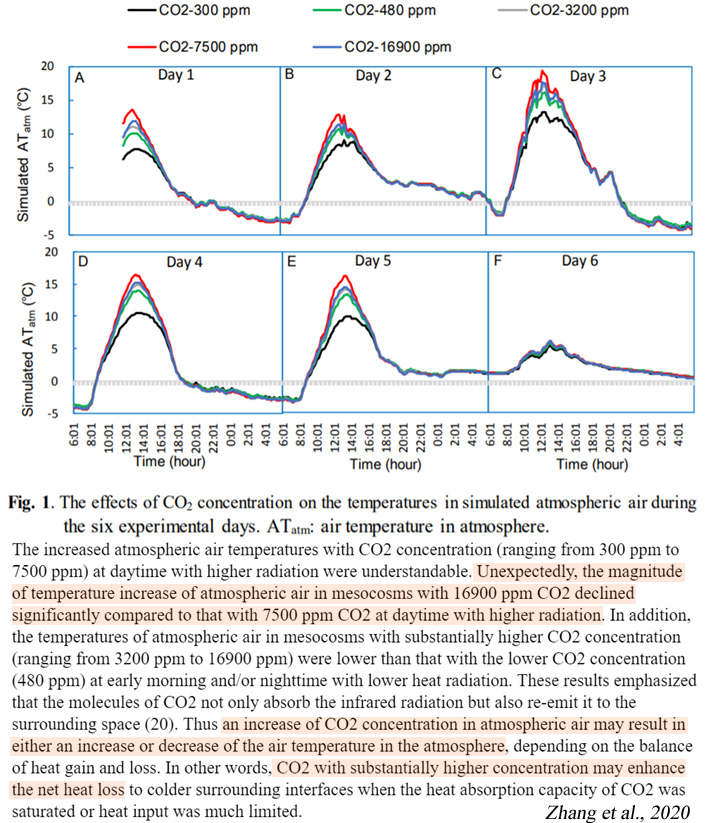
Image Source: Zhang et al., 2020
Can we find a real-world experiment assessing CO2’s temperature impact?
Using real-world experimental evidence to directly measure the effects of incremental increases in CO2 concentrations on air temperatures is highly unusual in climate science.
Most studies utilize extrapolations from radiation modeling that rest on a series of assumptions to theoretically assess CO2’s effect on the temperature of atmospheric air (Kennedy and Hodzic, 2019, Gerlich and Tscheuschner, 2009).
An exception would be Lightfoot and Mamer, 2018, who directly assessed the air temperature changes associated with specific CO2 concentrations. They found that CO2 is sometimes a cooling gas, and sometimes it’s a warming gas.
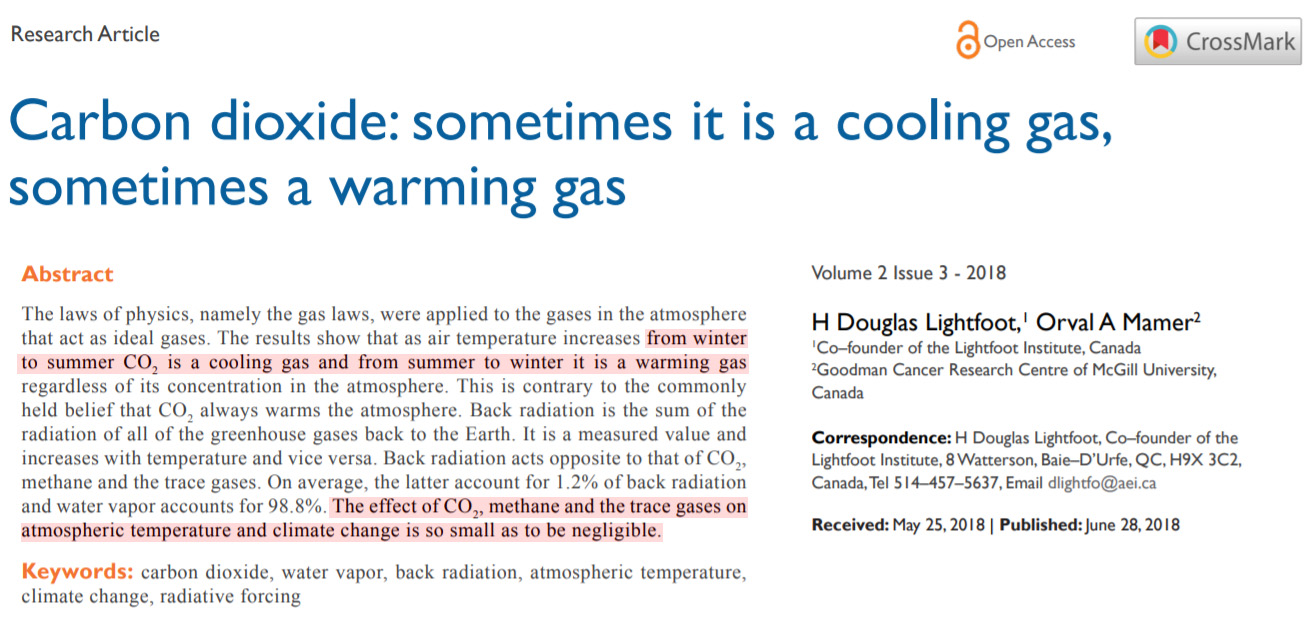
Supporting the contention of a dual cooling and warming – or negligible – effect of CO2 variability on air temperature, it has been determined that natural cave air may vary between 500 ppm in summer to 5000 ppm in winter despite very minimal seasonal temperture gradients (Pla et al., 2017).
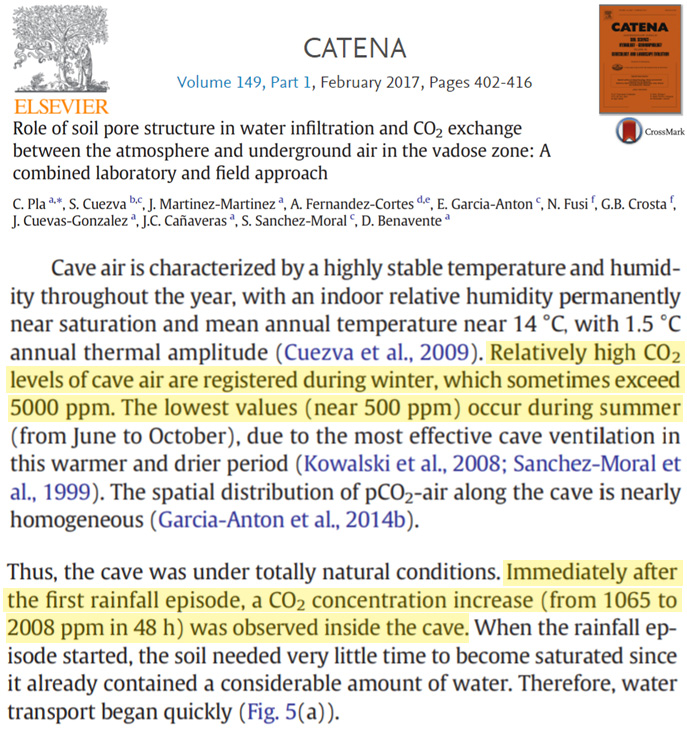
Image Source: Pla et al., 2017
New experimental study challenges the CO2-rise-leads-to-warming paradigm
The seven co-authors of a new paper (Zhang et al., 2020) were intent on demonstrating the dangers of substantial CO2 emissions from soil and its contribution to the greenhouse effect.
Natural soil emissions are a legitimate concern for those who believe CO2 drives the Earth’s temperature changes.
After all, the air CO2 concentrations in soil can reach 20,000 ppm (Zhang et al., 2020), and natural yearly emissions from soil respiration/perturbation are 9 times greater than that from all human activity combined.
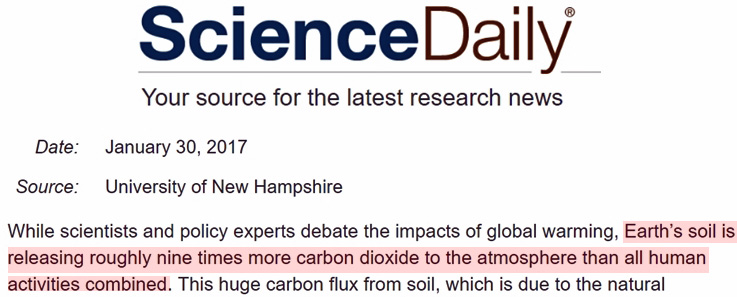
Image Source: ScienceDaily
Zhang and colleagues utilized mesocosms – controlled outdoor experiments – to assess the air and soil temperature effect of step changes in CO2 concentration.
They “unexpectedly” found the mesocosms with the 3 highest CO2 concentrations – 3200, 7500, and 16,900 ppm – actually had lower associated atmospheric temperatures than the mesocosms with 480 ppm.
The authors suggest the higher CO2 concentrations rise, the more they “may enhance net heat loss”.
Similarly, even soil temperatures were cooler with the higher CO2 concentrations (16,900 ppm), leading the authors to suggest that substantially higher CO2 “may cool the soil”.
These experimental results would appear to undermine the popular assumption that linear increases in CO2 cause linear increases in temperature due to an enhancement of the overall greenhouse effect.
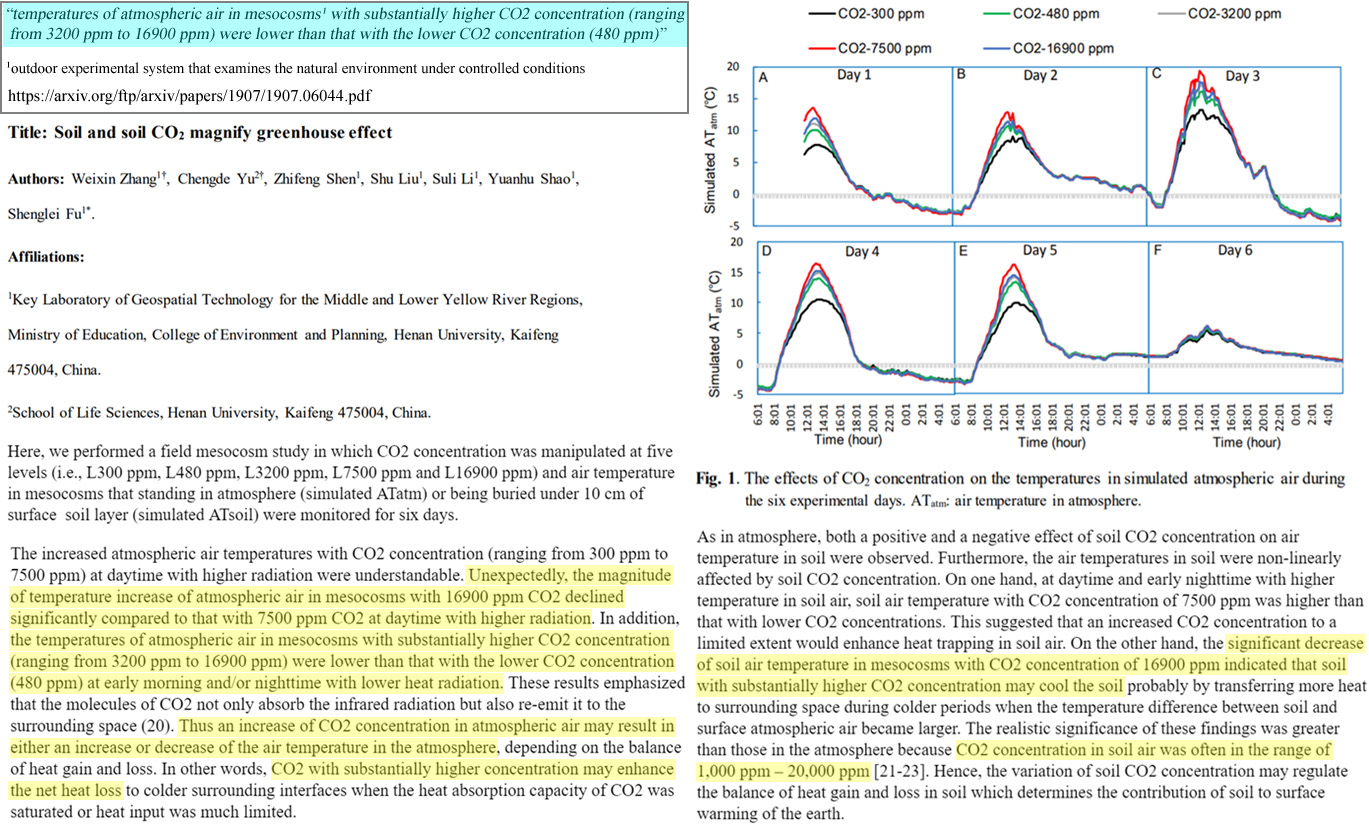
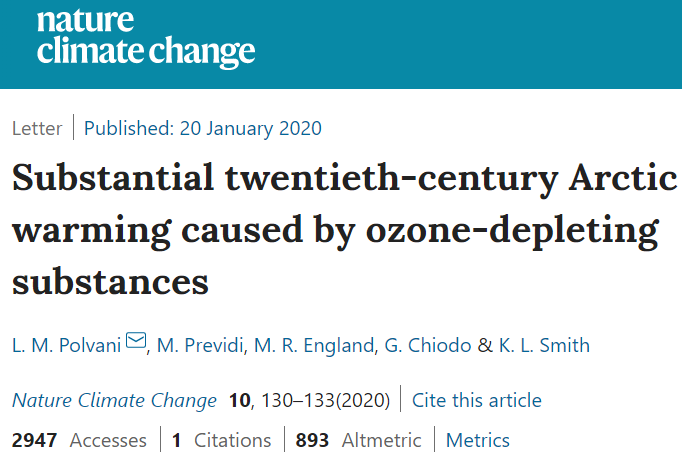
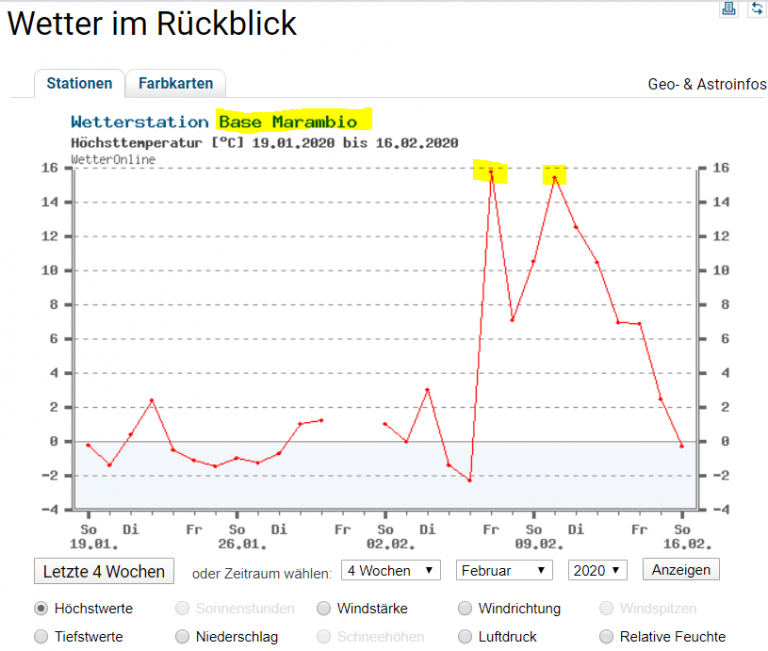
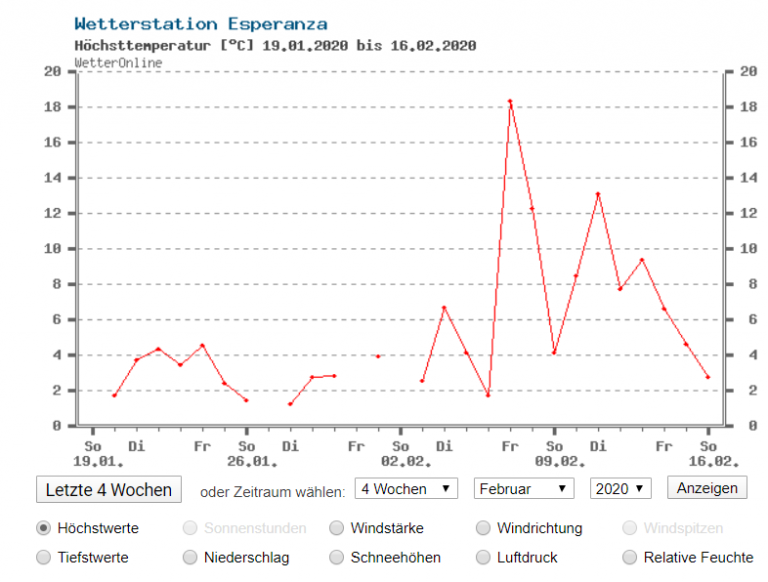
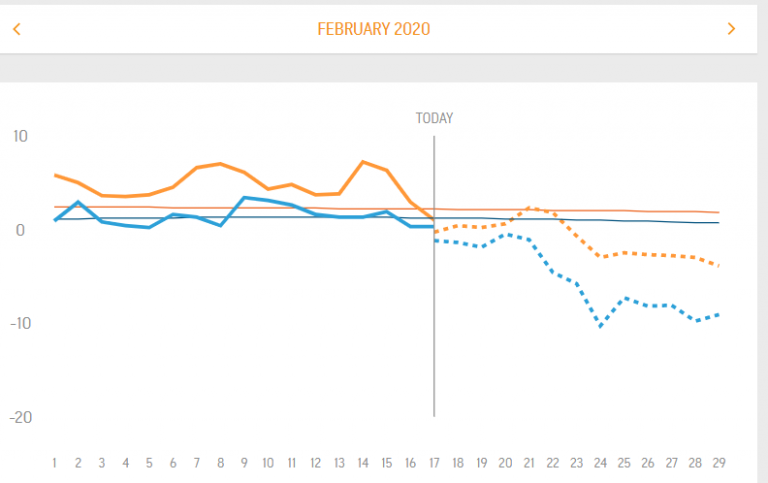

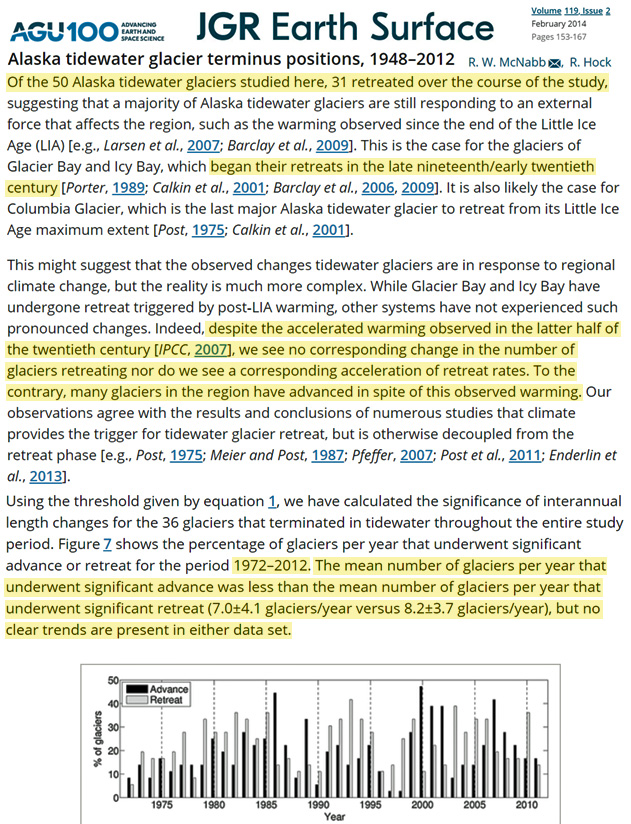
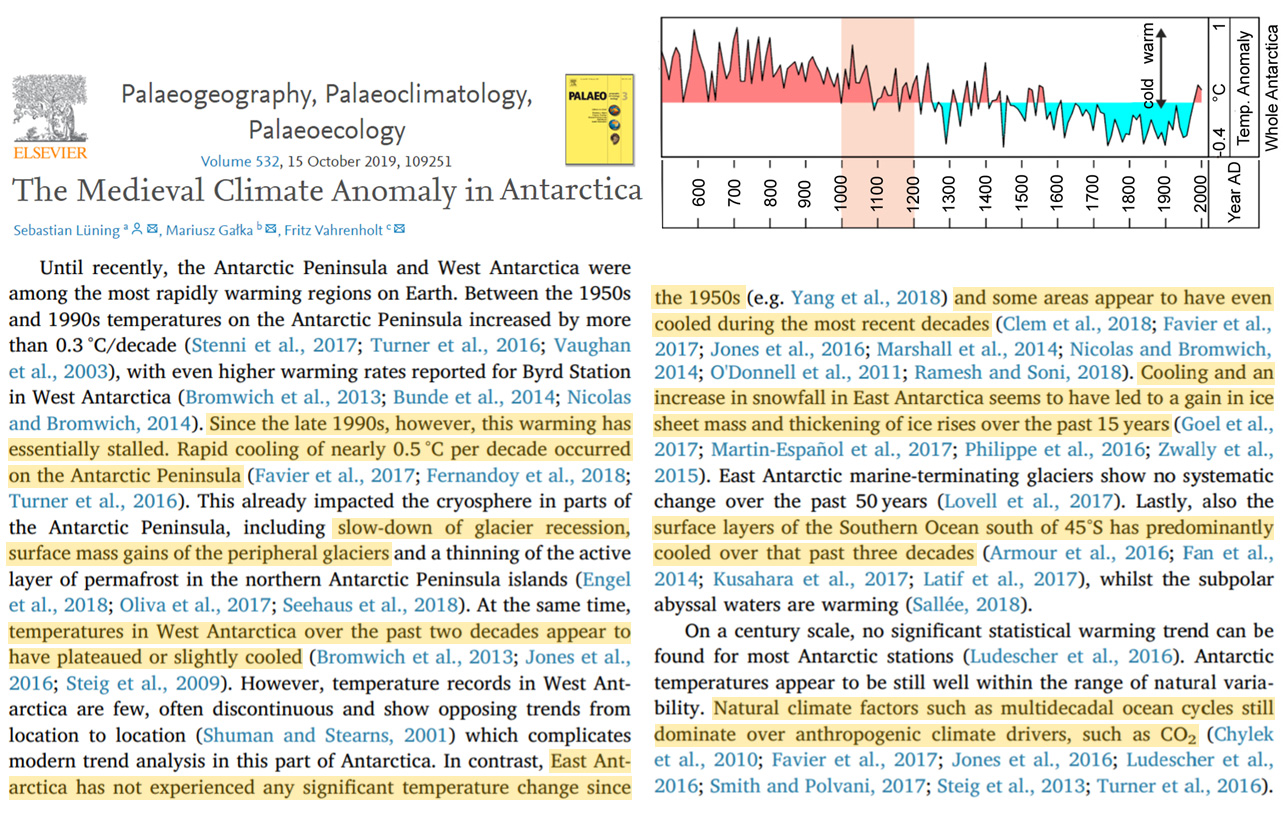
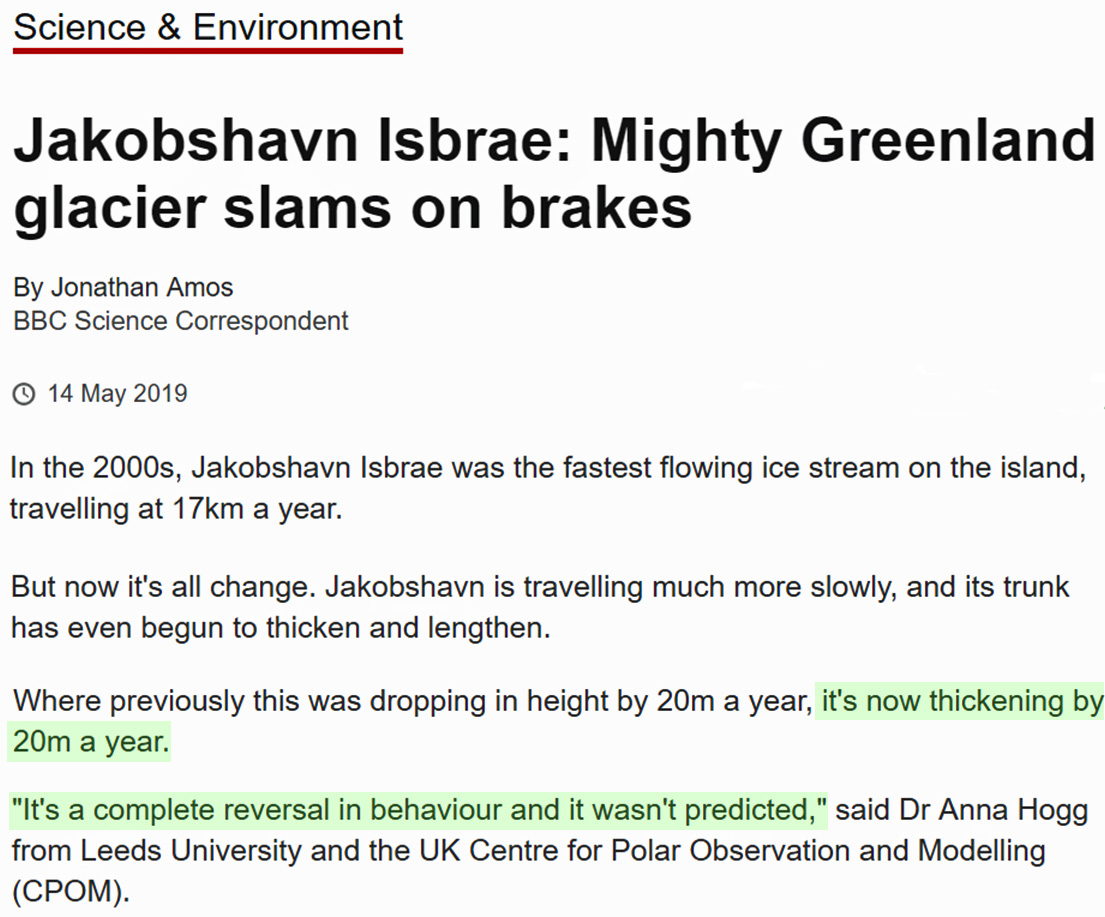
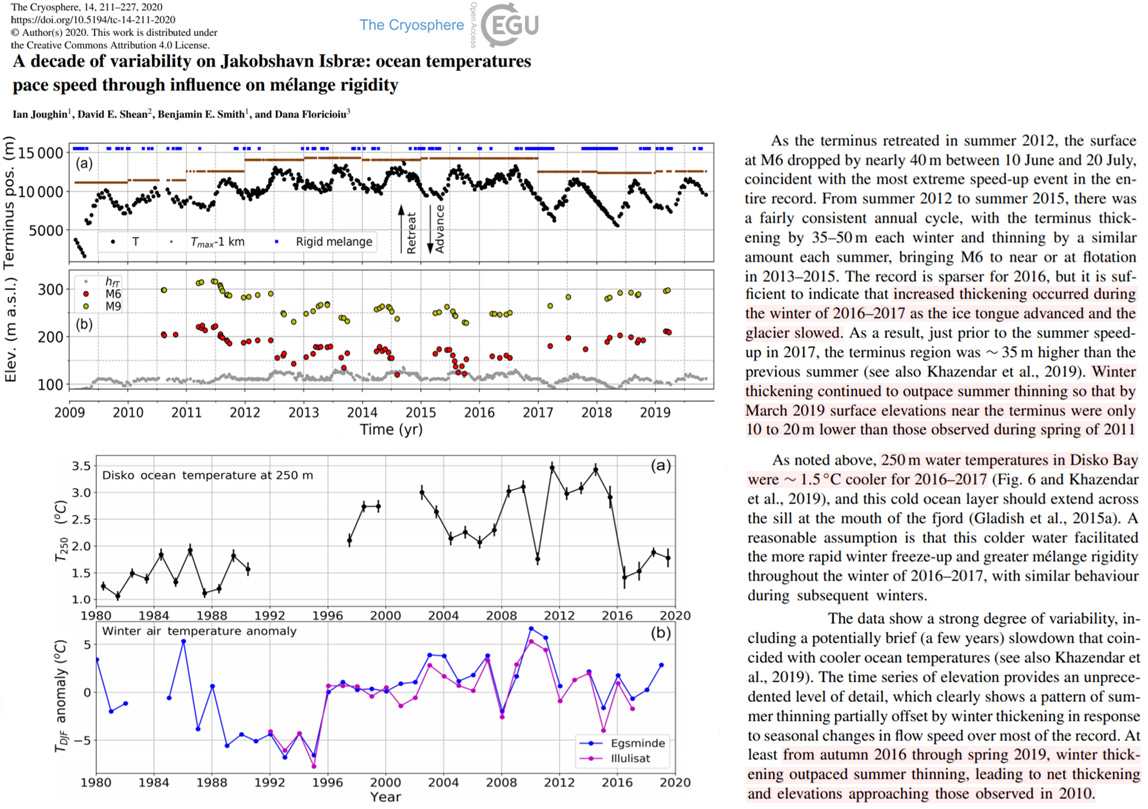
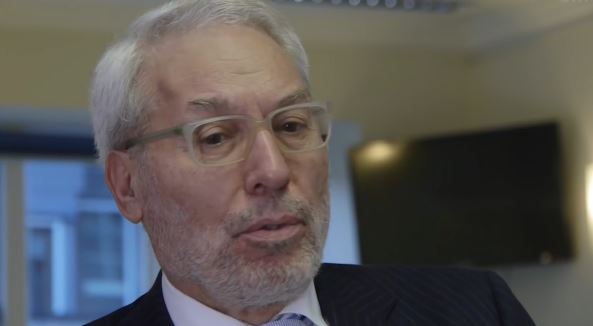

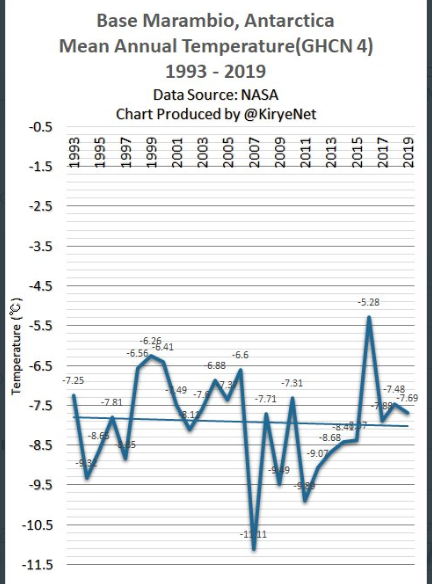
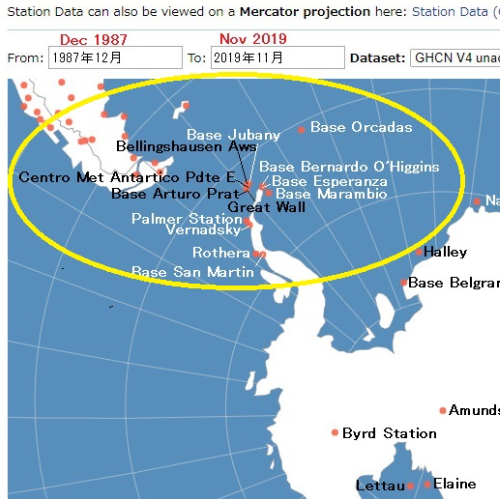
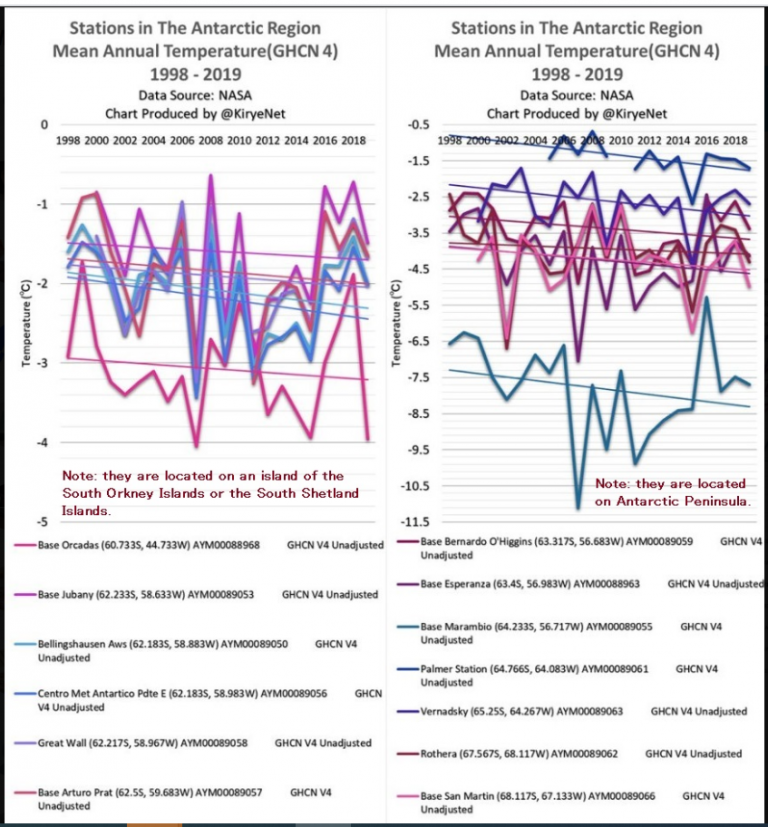
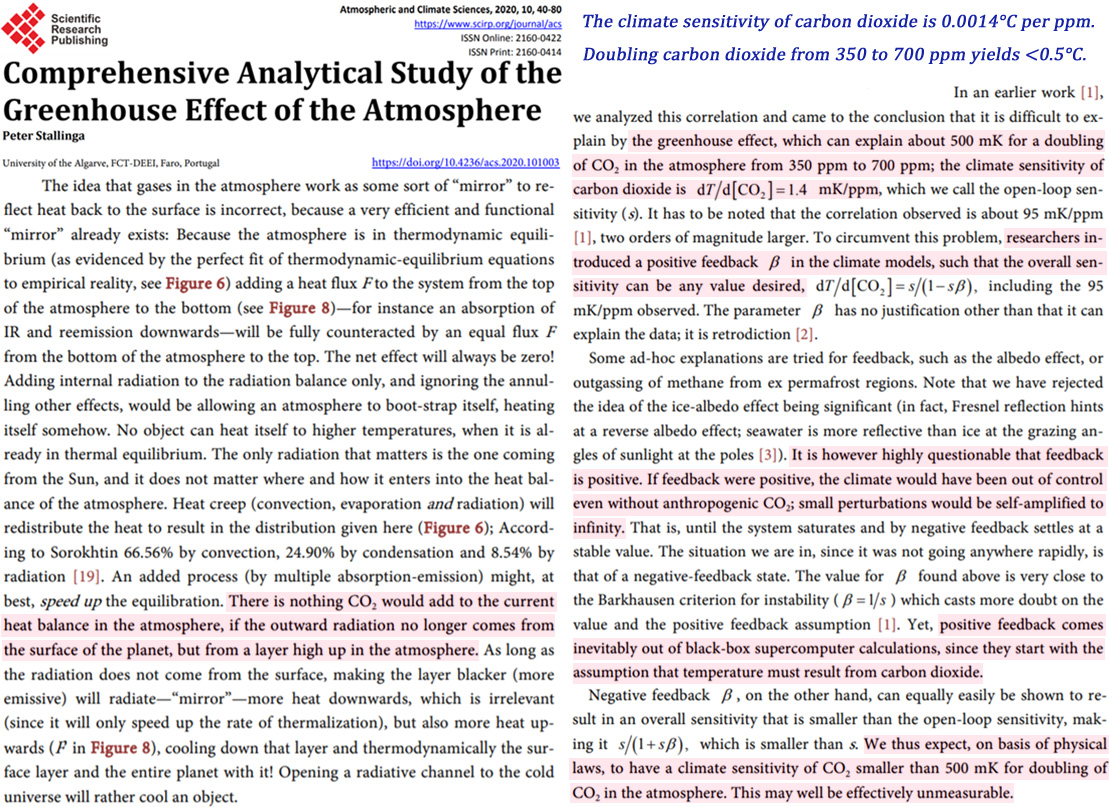
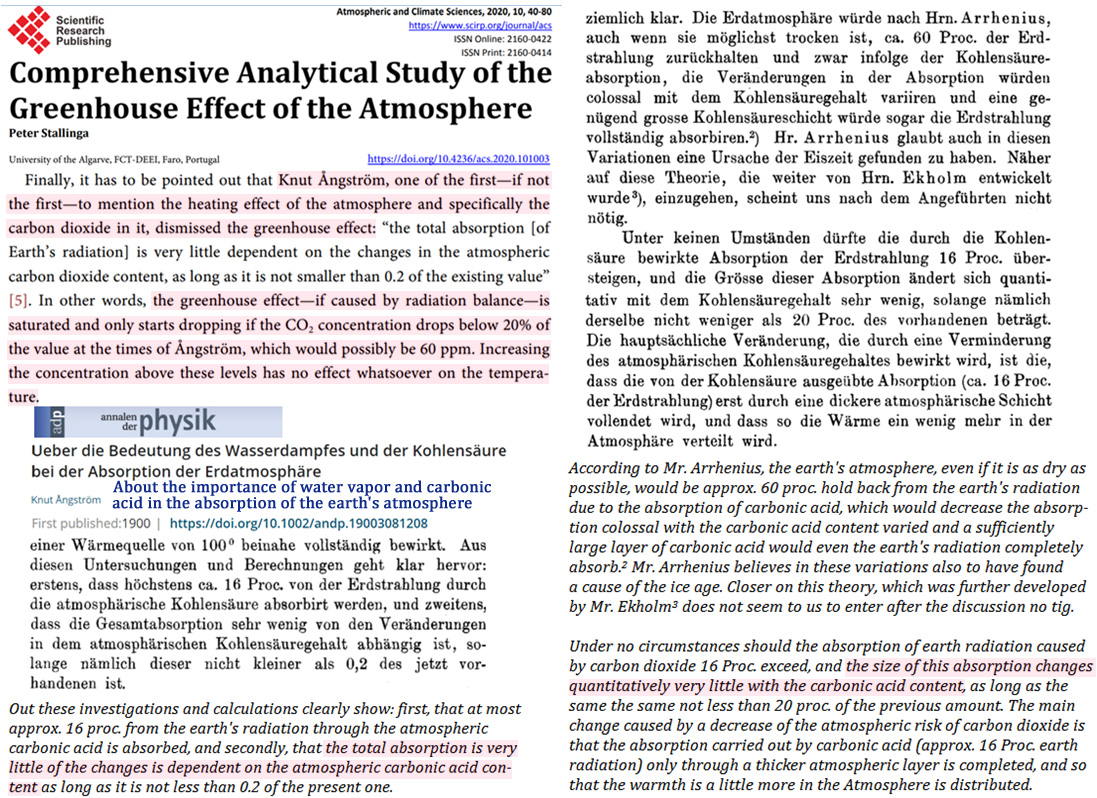
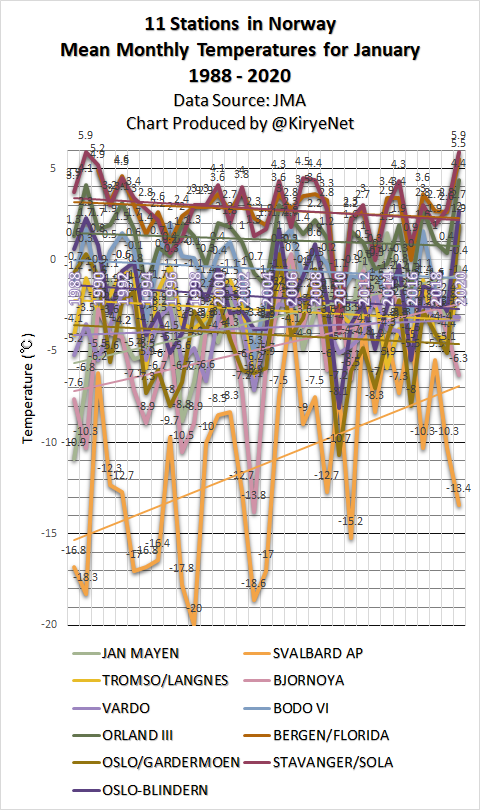
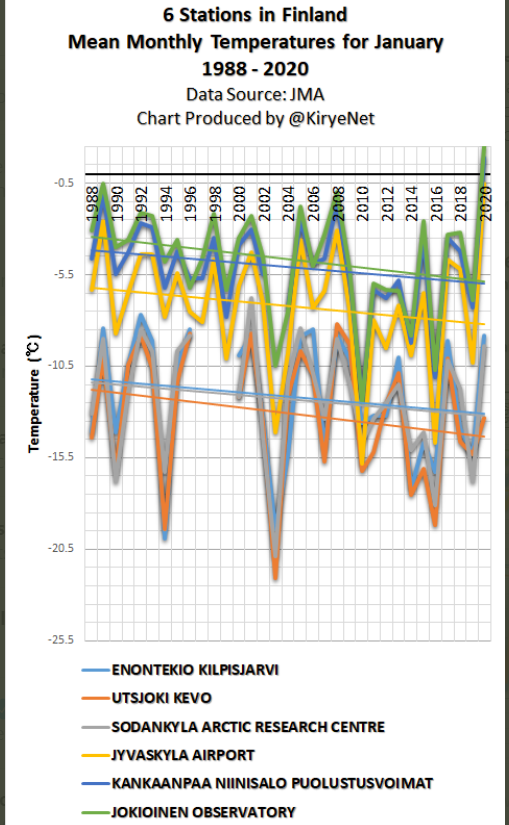
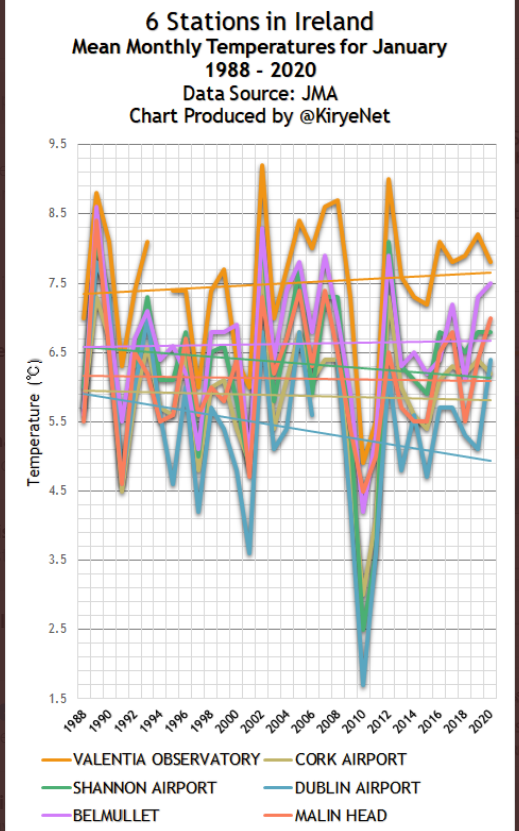

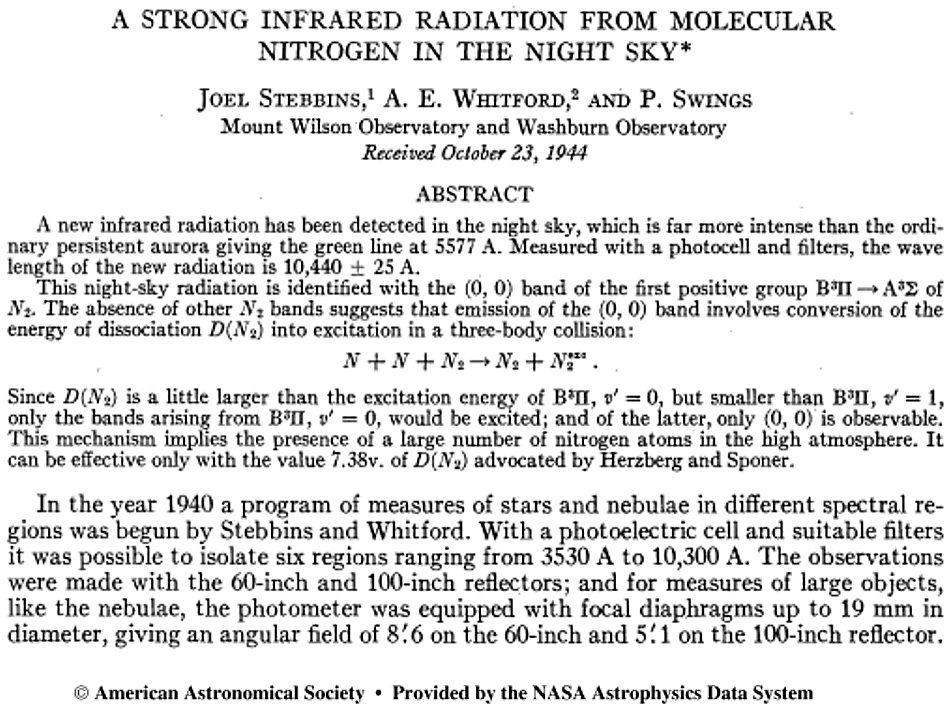
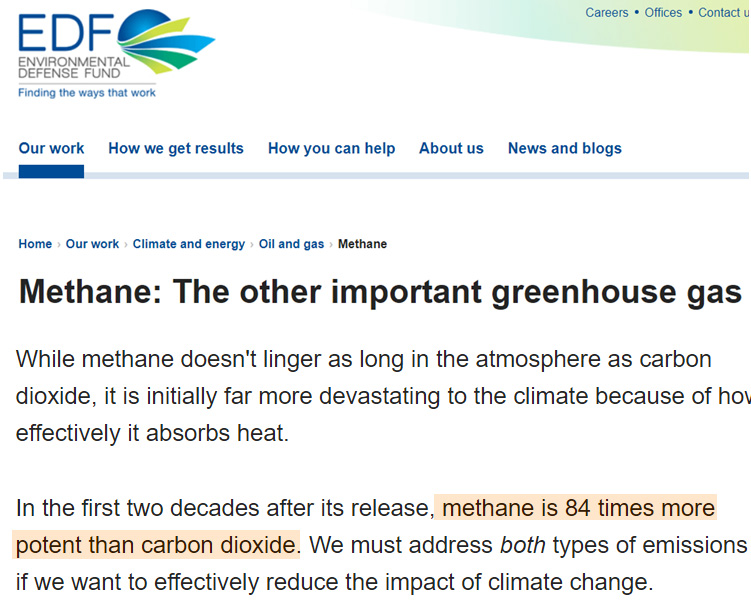
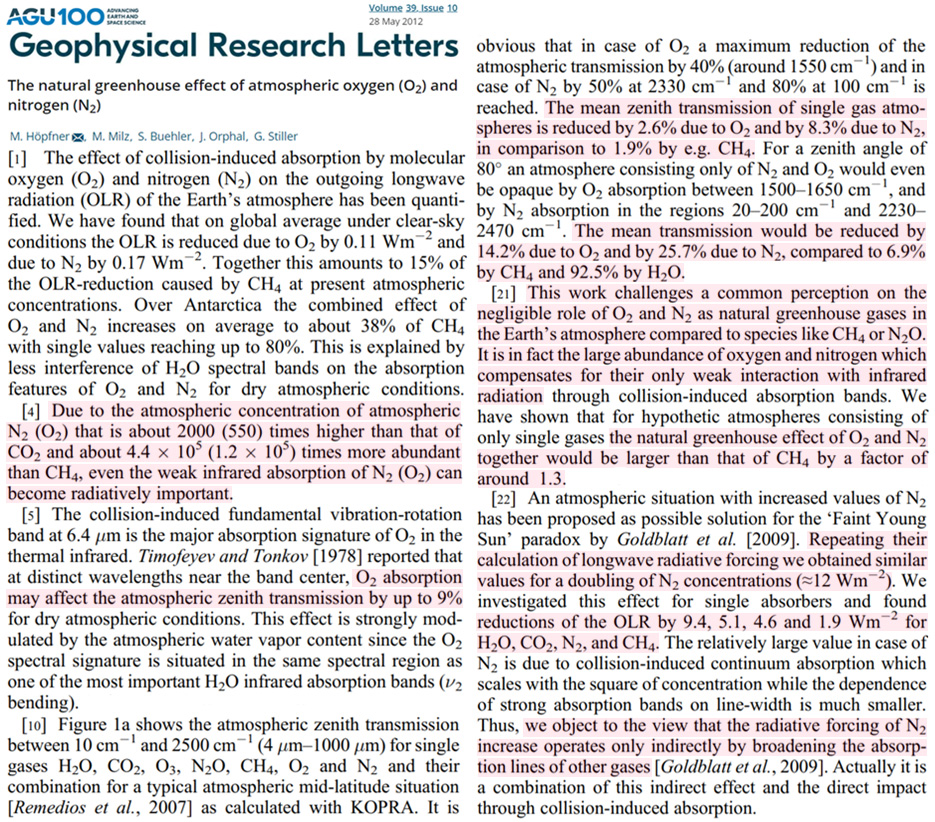
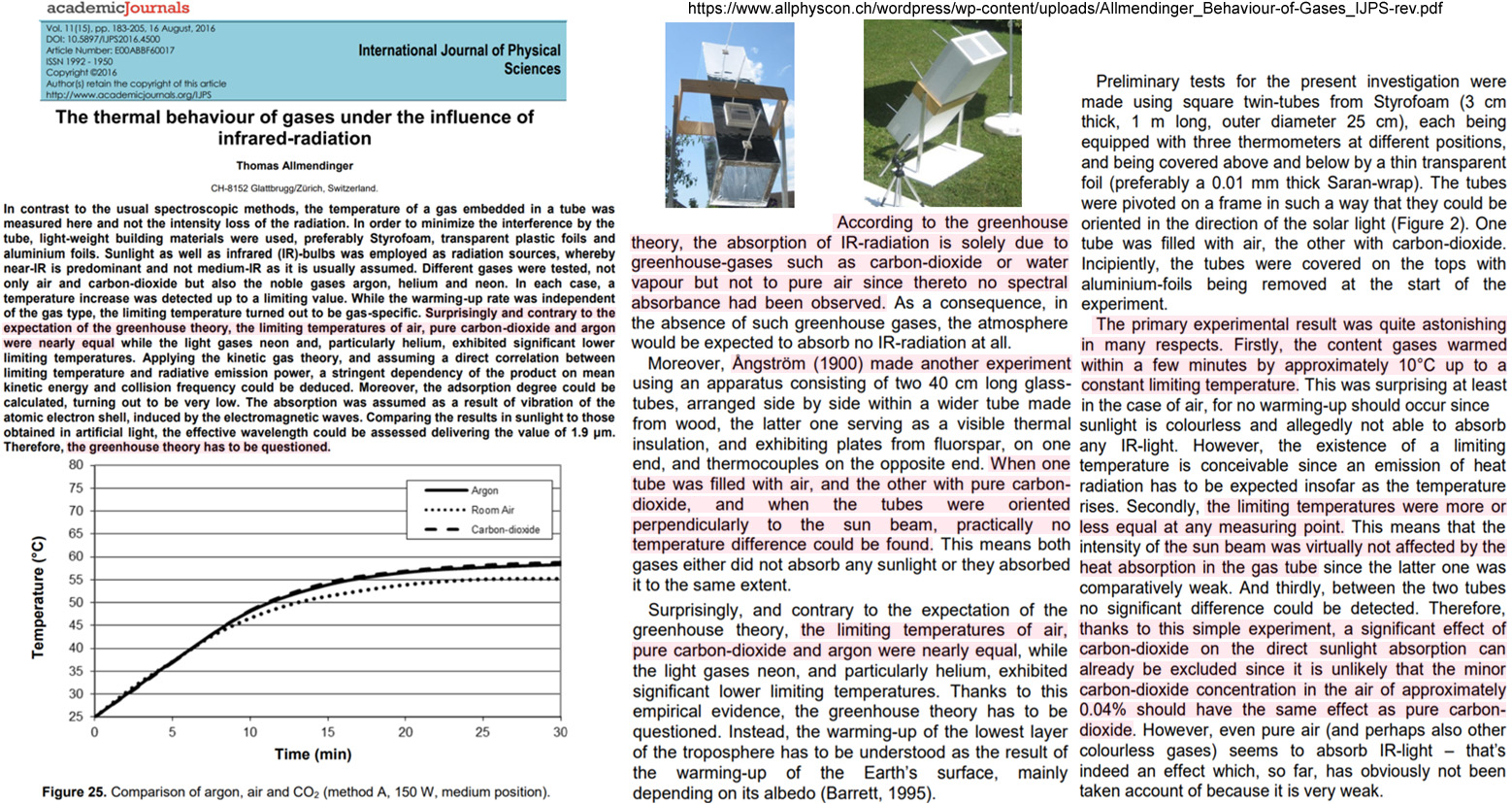
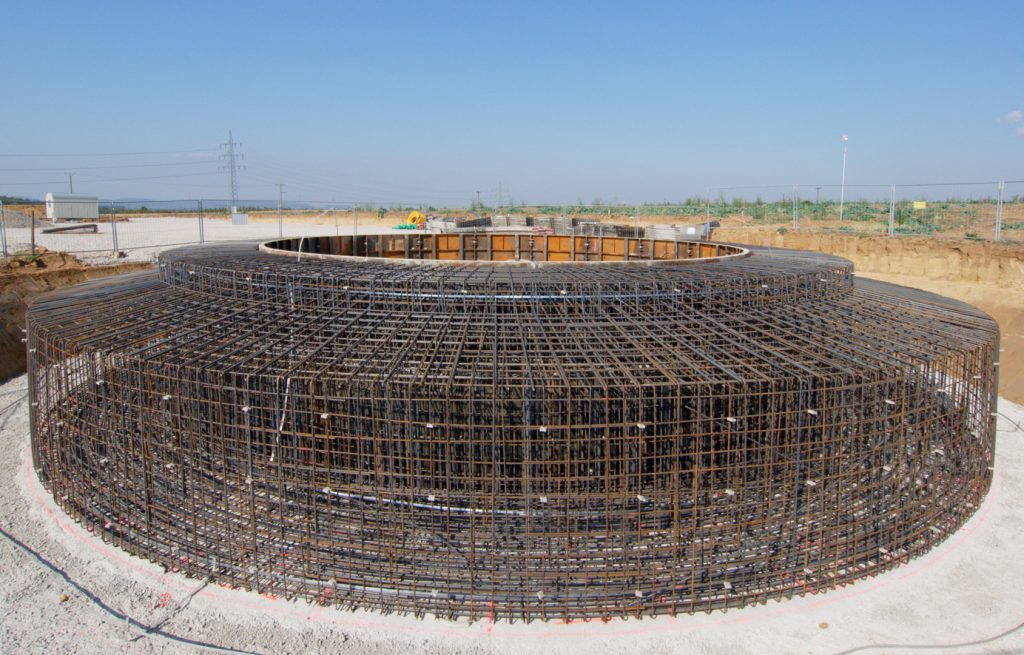





Recent Comments